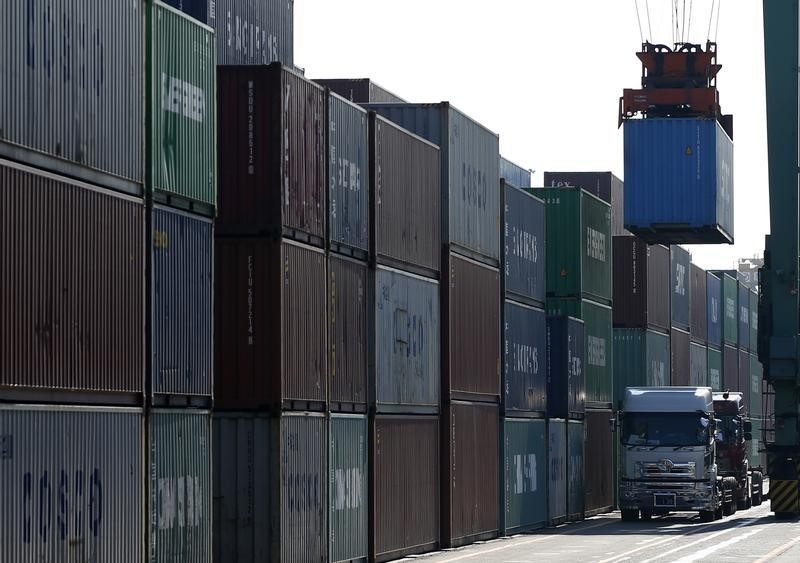Investing.com-- Australia’s trade surplus shrank more than expected in July as weak demand in China weighed on the exports of key metals and commodities, while imports rebounded from a drop in the prior month.
Australia’s trade surplus fell to A$8.04 billion ($5.13 billion) in July from A$11.32 billion in the prior month, data from the Australian Bureau of Statistics (ABS) showed on Thursday. The reading was weaker than expectations for a surplus of A$10.0 billion, and was also at its lowest level since February 2022.
The reading was largely driven by a 2% drop in exports from the prior month, which in turn was spurred by weaker shipments of metal ores, coal and mineral fuels.
Softening commodity demand in China weighed heavily on metal prices through the month, which saw Australian exporters log weaker margins on their exports. China’s commodity imports also declined through July, as Australia’s biggest trading partner grapples with slowing post-COVID economic growth.
A recovery in tourism and strong capital goods exports did little to offset the decline in commodities, given that metal and fuel exports make up a bulk of Australia’s produce.
Further pressuring the trade balance, imports grew 3% in July, recovering from a 4% drop in the prior month as shipments of everything ranging from discretionary items to industrial goods rose sharply.
Large automobile imports also weighed, as improving supply chains saw a large backlog of deliveries get cleared in the country.
A shrinking trade surplus likely heralds more headwinds for the Australian economy, especially as its biggest export market struggles with an economic slowdown.
Data on Wednesday showed that Australia’s economy grew slightly more than expected in the June quarter. But exports were beginning to offer less support to overall growth.
The Australian dollar fell 0.1%, while the ASX 200 stock index slid 1% after Thursday's reading.
